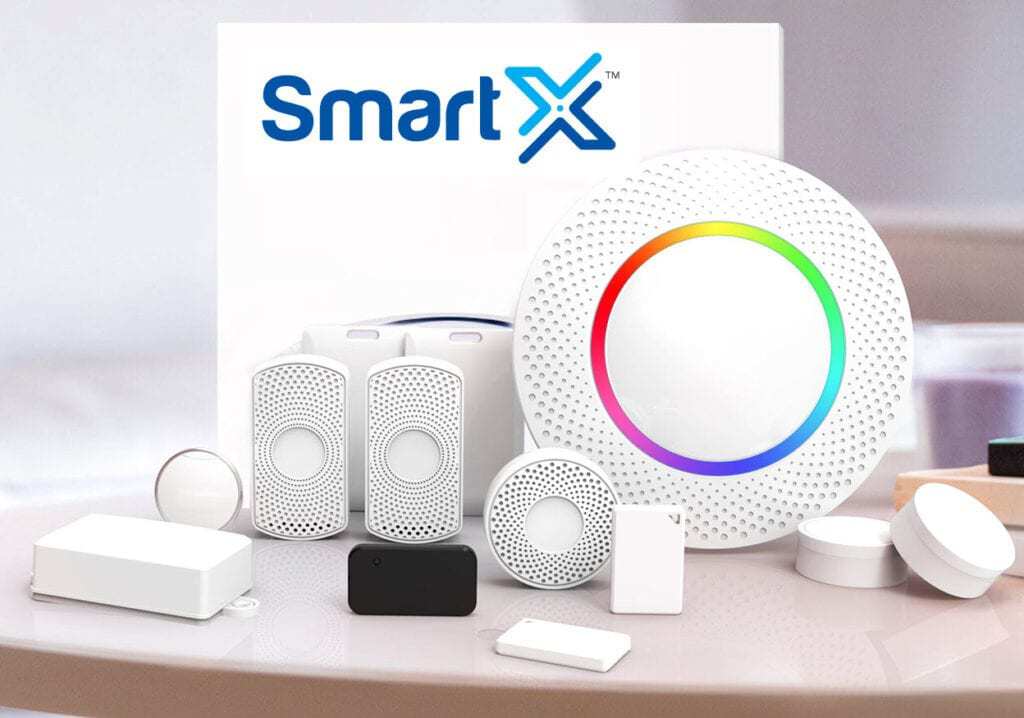5 Tips for Maximizing Oil & Gas Asset Utilization With RFID
5 Tips for Maximizing Oil & Gas Asset Utilization With RFID Effective asset utilization holds immense significance in the oil
Track asset performance, execute maintenance and service, and maximize uptime with advanced technologies.
Deliver as promised with risk-resilient, reliable, and sustainable logistics operations.
A revolutionary convergence of personal and process safety that improve efficiency, safety and reliability.
Enabling optimal asset traceability, reliability, availability, and performance with RFID
Bluetooth Beacons are small transmitters that are permanently sending a signal in a distance from a few inches/centimeters (close) to a few foot/meters (near) and up to 70 meters to all devices that are listening for such a signal

5 Tips for Maximizing Oil & Gas Asset Utilization With RFID Effective asset utilization holds immense significance in the oil
Manufacturing Automation Optimized With RFID RFID tags facilitate the seamless transmission of data alongside a product, enriching the information as
IoT Ecosystem Empowerment: Advancing Workplace Safety and Efficiency with RTLS The Internet of Things (IoT) has arrived In the dynamic
Organizations large and small and across industries can leverage RTLS to improve safety, safeguard materials and work more efficiently.
Discover how your peers are benefiting from real-time visibility.